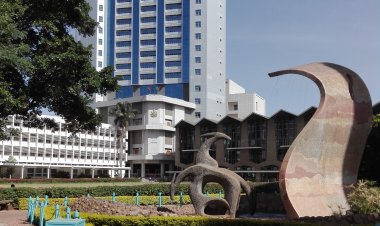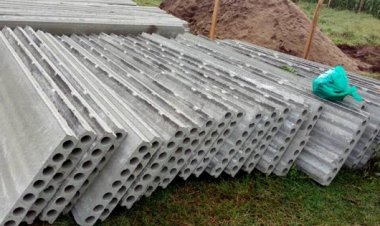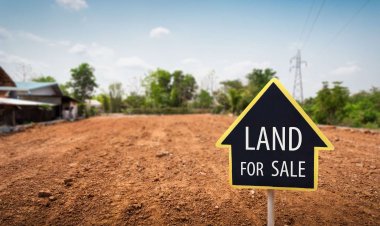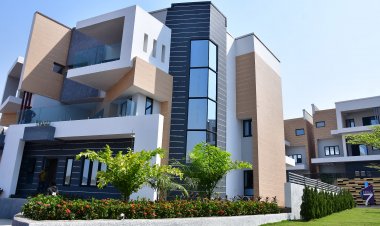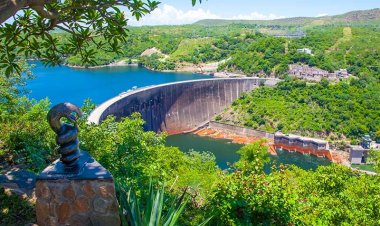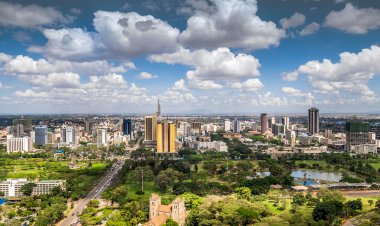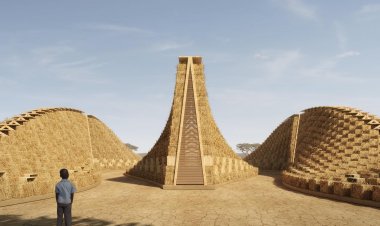The Flip Side
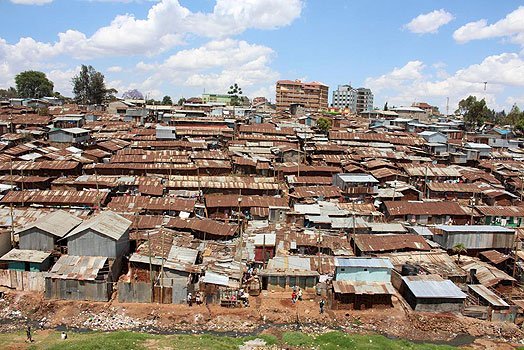
The Flip Side
The deplorable conditions in slums especially those in developing countries is heart wrenching. Independent donors to multi-national organisations have played major roles in improving the state of slums but making the best of a bad situation, dwellers in these major slums have taken it upon themselves to ameliorate their living conditions.
Ciudad Nezahualcóyotl, popularly known as Neza is built on the bed of Lake Texcoco. It was first inhabited towards the end of the Second World War when there was a spike in urban population in Mexico City and its environs and is now home to over 1.1 million people. Being built on a lakebed, the area has faced major drainage and land ownerships struggles. From shacks, stagnant and open sewage water in the 20th century through battles with the government for land ownership rights, Neza now has beautiful stone houses designed and built by locals. Although the area is still shabby, what the residents did is incredible and cannot go unnoticed.
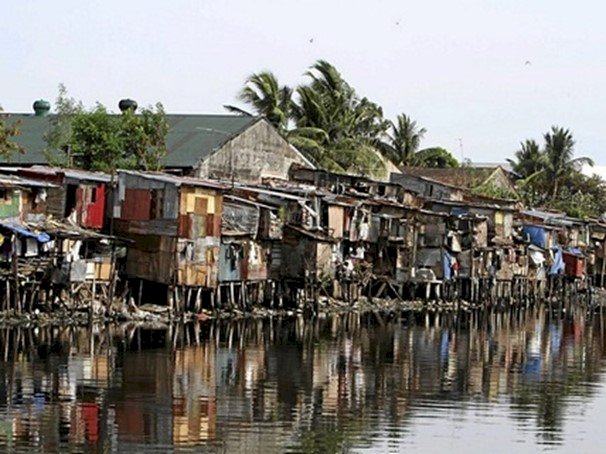
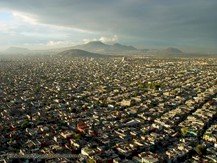
https://i.pinimg.com/originals/87/e3/31/87e331dfb0db7c924dec3cff98515309.jpg
Kibera found in Nairobi, Kenya is the largest urban slum in Africa. Home to 500,000 + people most of whom are youthful, just like in most slums across the world. Since the number of formal schools is disproportionate to the number of children, locals have set up informal institutions within the slums to ensure that more children have access to this basic need. Their impact is not limited to only education. The food the children get at school may be the only meal they get that entire day and the enclosed environment of a school is much safer than the streets cutting through the slum.
Although India is now steadily making its way to become the country with the highest number of COVID-19 cases (due to the recent reopening of the country), Dharavi, located in Mumbai, has been a model community at handling the virus up until late August. Given that most people work under the cottage industry, which is largely inter-connected, most dwellers of Dharavi lost their jobs, relied on savings and gubernatorial aid. With a population density of over 277,136 people/km2 measures like maintaining a distance of at least 2 metres apart were out of question and alternatives including door to door screening, food supply and rationing and cleaning of community toilets as directed by the local government saw their cases drop to 6 daily in late August. The WHO commended the local government for the way they handled the virus and other countries have sought guidance from Dharavi.
After years of poor sanitation causing 40% of deaths and 60% of child mortality cases in Orangi Town, Asia’s largest slum located in Karachi, Pakistan, locals stepped up to install sewage pipes and improve sanitation across the 8000 acres of land they occupy. The residents have seen to it that 90% of the streets in Orangi Town town have sewer pipes and over 90% of the households have latrines.
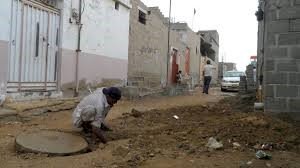
No Copyright Infringement is intended.

 Laura Rotich
Laura Rotich 








